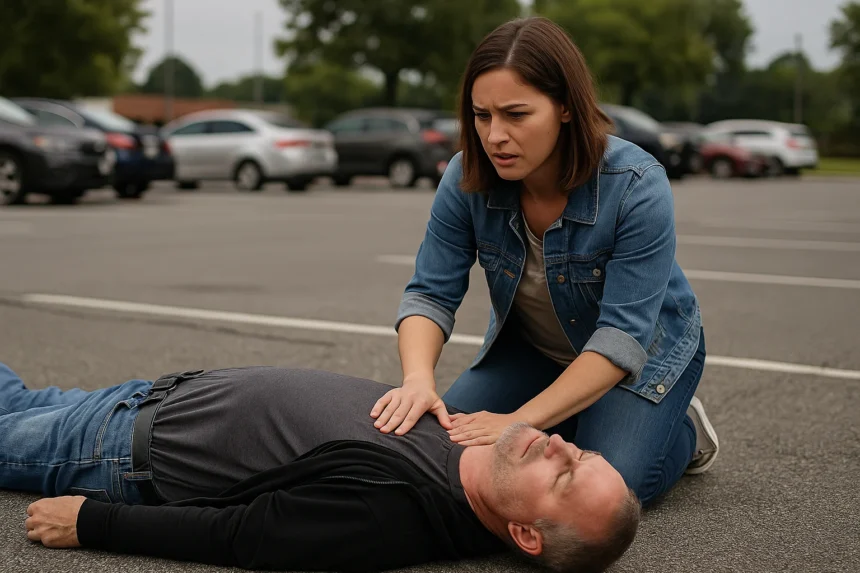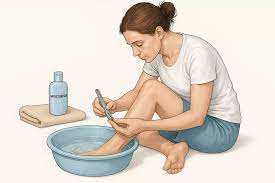Urgent care centers serve as a bridge between your primary care physician and the hospital emergency room. These facilities are equipped to handle medical problems that need prompt attention but are not life-threatening. Understanding the role of an urgent care center helps you make an informed choice when immediate medical needs arise. Here is more information about this type of care clinic:
Fast and Urgent Services
Urgent care centers are designed to treat a wide range of medical conditions that require same-day attention. This includes illnesses like colds, flu, and sore throats, as well as minor injuries. If you are dealing with a sprain, a minor cut that requires stitches, or a simple fracture, this type of facility is equipped to provide the necessary treatment. These centers have medical staff, including doctors and nurses, who are prepared to diagnose and manage these types of pressing health concerns. They offer a practical option for medical issues that are not severe enough for an emergency room visit but cannot wait for a scheduled doctor’s appointment.
Short Wait Times
One of the defining features of urgent care is the relatively short wait time compared to an emergency room. Emergency rooms prioritize patients based on the severity of their condition. Those with less severe injuries may otherwise face long waits.
These centers operate on a walk-in basis, and their focus on non-life-threatening conditions typically results in a quicker turnaround. This means you may receive attention for your injury or illness much faster. The process may be more streamlined, allowing doctors to visit you, provide treatment, and send you on your way in a more efficient manner.
Urgent care centers typically have on-site diagnostic tools, including X-rays and laboratory testing. These may help to expedite the process of identifying your condition. Their extended hours, including evenings and weekends, provide a convenient option for addressing health concerns outside of regular clinic schedules.
Convenient Locations
These centers are typically located in accessible, neighborhood areas, such as strip malls and retail centers. Many of them also offer extended hours, staying open in the evenings and on weekends when your regular doctor’s office is closed. This convenience makes it easier to get medical attention without having to travel to a large hospital.
Life-threatening Situations Require ERs
It is necessary to distinguish between conditions appropriate for urgent care and true medical emergencies. Specific symptoms and injuries demand the advanced resources of a hospital emergency room. If someone is experiencing any of the following, you need to call 911 or go to the nearest ER:
- Signs of a heart attack, such as chest pain or pressure
- Signs of a stroke, like sudden numbness or weakness on one side of the body
- Severe bleeding that will not stop
- Major broken bones or head injuries
- Difficulty breathing
Emergency rooms have the specialized staff and equipment needed to handle these complex and severe medical events.
Determine If Urgent Care is Ideal
Knowing when to use an urgent care center comes down to assessing the situation. For minor injuries and illnesses that require prompt attention, a clinic can offer a sensible solution. These centers provide a middle ground for medical care, fitting between a primary care provider and an emergency department. By understanding the services they provide, you can feel more prepared to find the right level of care for your specific health needs. If you are experiencing a non-life-threatening injury or illness, find a local clinic to receive prompt medical attention.














